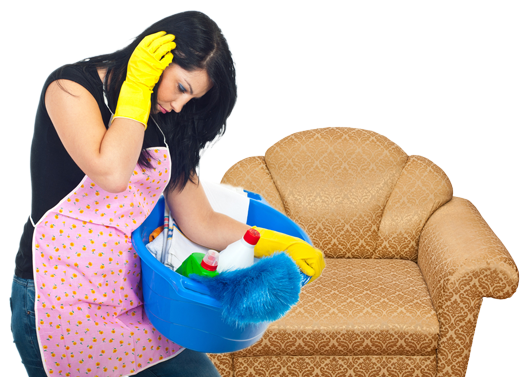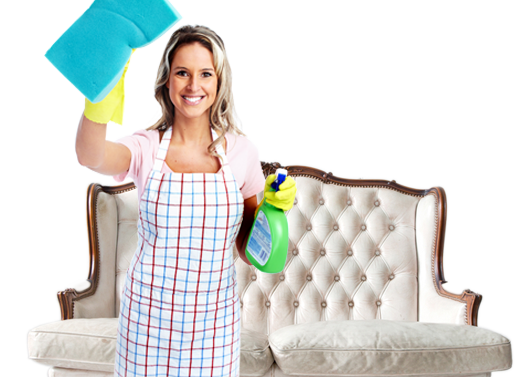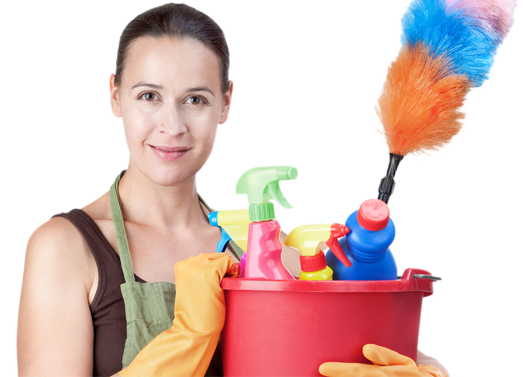Revolutionize Your Hygiene: Keep Your Bathroom Mold-Free
Posted on 17/08/2025
Revolutionize Your Hygiene: Keep Your Bathroom Mold-Free
Are you tired of battling persistent mold in your bathroom? Are you concerned about the health risks and unsightly stains? It's time to revolutionize your hygiene by effectively keeping your bathroom mold-free. A clean, fresh bathroom is not only visually appealing but supports your health and boosts the value of your home.
Why is Mold in the Bathroom Such a Problem?
Mold thrives in warm, damp environments--exactly what a typical bathroom offers. From black spots on shower grout to fuzzy patches beneath the sink, mold is both an eyesore and a potential threat to your wellbeing. Understanding the root causes of bathroom mold is the first step towards maintaining a pristine, hygienic sanctuary.
- Health Risks: Mold spores can trigger allergies, asthma, and respiratory issues, especially in children and seniors.
- Structural Damage: Left unchecked, mold can deteriorate drywall, flooring, and cabinetry.
- Unpleasant Odors: A musty smell in the bathroom is a telltale sign of mold growth, making your space less inviting.
The Science Behind Mold Growth in Bathrooms
Mold needs just three ingredients: warmth, moisture, and organic material. Bathrooms, with frequent showers, inadequate ventilation, and organic debris (like soap scum and shed skin cells), provide the perfect breeding ground. Tackling these conditions is essential for any bathroom mold prevention strategy.
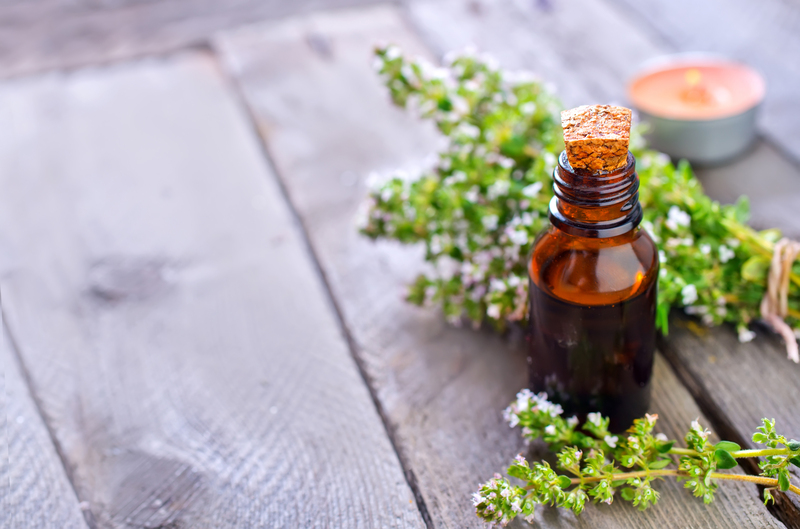
Top Reasons to Prevent and Eliminate Bathroom Mold
Battling bathroom mold isn't just about keeping your place looking good. There are several compelling reasons to take mold control seriously:
- Protect Your Family's Health: Chronic exposure to mold can cause or worsen respiratory illnesses, eye irritation, and skin rashes.
- Avoid Expensive Repairs: Mold can rot wood, corrode plumbing fixtures, and require costly remediation if left untreated.
- Preserve Your Home's Value: Prospective buyers may be deterred by visible mold or a history of water damage.
- Maintain a Pleasant, Fresh Environment: A spotless, odor-free bathroom is essential for comfort and relaxation.
How to Keep Your Bathroom Mold-Free: Proven Strategies
Ready to revolutionize your hygiene and keep your bathroom free of mold? The following comprehensive guide will show you actionable steps, from daily habits to long-term solutions.
1. Ventilation: Your First Line of Defense
Proper ventilation is crucial to eliminate excess moisture from the air. Without it, every shower or bath deposits humidity on your ceilings and walls, providing a perfect environment for mold to grow. Here's how to improve bathroom ventilation:
- Use Exhaust Fans: Always run a high-quality exhaust fan during and at least 15-20 minutes after bathing or showering.
- Open Windows: If your bathroom has a window, open it after each use to allow fresh air to circulate and reduce humidity.
- Wipe Down Surfaces: After bathing, use a squeegee or towel to dry tiles, glass doors, and shower walls, which helps cut down on lingering moisture.
2. Control Moisture and Humidity
Moisture control is key for a mold-resistant bathroom. Mold cannot grow without water, so keeping surfaces dry is essential.
- Fix Leaks Quickly: A dripping faucet, slow drain, or leaky toilet provides a constant source of dampness for mold to thrive.
- Use a Dehumidifier: In bathrooms without windows or adequate ventilation, a compact dehumidifier can help keep humidity levels below 50%.
- Avoid Wet Towels and Bathmats: Hang towels to dry after use and frequently launder bath mats to prevent moisture buildup.
3. Cleaning: The Mold-Free Bathroom Routine
Daily and weekly cleaning not only keeps your bathroom sparkling but eliminates organic matter that mold feeds on.
- Use Mold-Resistant Cleaners: Regularly clean tiles, grout, and shower stalls with bathroom cleaners containing mold inhibitors.
- Scrub Grout and Seals: Pay close attention to grout lines and caulking--mold loves to hide in these porous areas.
- Disinfect Surfaces: Weekly wipe down all surfaces with a diluted bleach solution (1 part bleach to 10 parts water) or a commercial disinfectant to kill mold spores.
- Declutter: Minimize shampoo bottles, toys, and accessories, which can trap water and dirt.
4. Upgrading and Renovating for Mold Prevention
If you're remodeling or updating your bathroom, consider incorporating mold-resistant materials and design choices:
- Choose Mold-Resistant Paint: Specially formulated bathroom paints prevent mold and mildew growth on walls and ceilings.
- Install Mold-Free Flooring: Avoid carpeted bathrooms, which are nearly impossible to keep dry. Opt for glazed tile or waterproof vinyl, which are easier to clean and less likely to harbor mold.
- Upgrade Grouting and Caulking: Use antimicrobial grout and silicone caulk to better resist mold infestation.
- Invest in a Quality Fan: Modern, energy-efficient exhaust fans move more air and can be fitted with humidity sensors to automatically activate when needed.
5. The Power of Regular Mold Inspections
Routine inspections help catch mold early before it becomes a serious problem. Check the following areas monthly:
- Behind and under the toilet
- Beneath sinks and around plumbing fixtures
- Shower and tub walls: Look for discoloration or a musty smell
- Ceilings and corners--especially if you have had past water leaks
If you spot mold, tackle it immediately with appropriate cleaning solutions or contact a mold remediation professional for severe or persistent problems.
Natural and Eco-Friendly Mold Prevention Solutions
For health-conscious and environmentally minded homeowners, consider these non-toxic solutions for preventing and removing bathroom mold:
- Vinegar: Spray undiluted white vinegar on moldy surfaces and wait an hour before scrubbing and rinsing.
- Baking Soda: Mix with water to form a paste that is gentle yet abrasive for scrubbing grout and tiles.
- Hydrogen Peroxide: A 3% solution can be sprayed on affected areas to kill mold and mildew effectively.
- Essential Oils: Tea tree oil is a natural fungicide; add 10 drops to a spray bottle of water for spot cleaning.
Note: Avoid mixing bleach with vinegar or ammonia, as this can create dangerous fumes.
Common Myths About Mold in Bathrooms
Don't let misinformation leave your bathroom at risk! Let's debunk a few bathroom mold myths:
- Myth: "Mold only grows in dirty bathrooms." Truth: Even the cleanest bathrooms can develop mold if they're frequently moist.
- Myth: "Just spray bleach and it's gone." Truth: Bleach may remove stains, but unless you address underlying moisture, the mold will return.
- Myth: "Mold is only a cosmetic problem." Truth: Mold can compromise your health and weaken your home's structure if left unchecked.
Mold-Resistant Products for Your Bathroom
Technology and product innovation make it easier than ever to keep your bathroom mold-free. The following items can boost your prevention plan:
- Mold-Resistant Shower Curtains: Replace fabric curtains with mildew-proof alternatives made of vinyl or PEVA.
- Squeegees: Keep one in the shower to encourage everyone to quickly dry glass and tiles after use.
- Automatic Humidity Sensors: Install these in your fan system or as standalone units to keep air drier.
- Mold Inhibitor Additives: Mix with paint or grout to add an extra layer of defense against mold growth.
What to Do if You Find Mold in Your Bathroom
Despite your best efforts, you may occasionally discover bathroom mold on tiles, caulk, or behind fixtures. Here's what to do:
- Wear Personal Protective Equipment (PPE): Use gloves, a mask, and eye protection to prevent exposure to spores.
- Ventilate: Open windows and run fans to keep fresh air circulating during cleaning.
- Remove Mold: Use your preferred cleaning solution (commercial, bleach, or natural) to scrub the area thoroughly.
- Dispose of Any Heavily Contaminated Items: Shower curtains, bath mats, or tiles that are heavily moldy may need replacement.
- Fix Leaks or Dampness: Take care of underlying moisture issues immediately to avoid recurrence.
If the affected area is larger than 10 square feet or keeps reappearing, contact a professional for inspection and remediation.
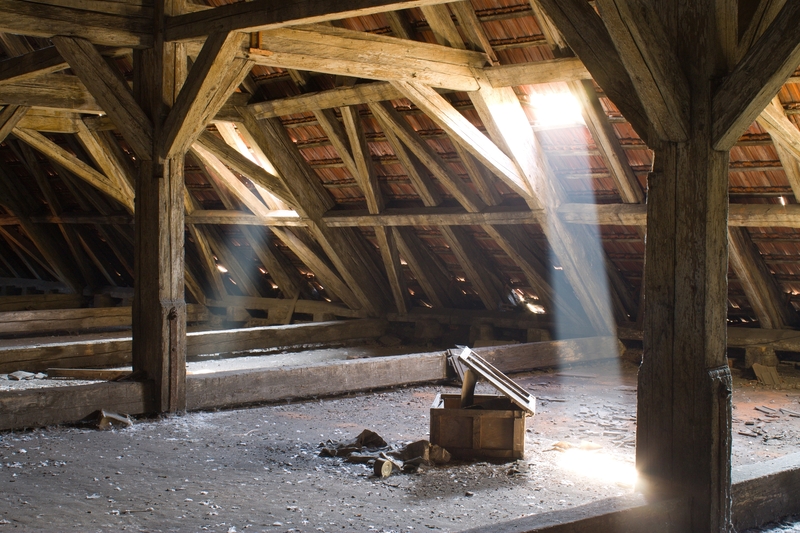
Frequently Asked Questions About Bathroom Mold
How can I permanently keep my bathroom free from mold?
The most effective ways to keep your bathroom mold-free are to control moisture by using fans and dehumidifiers, maintain regular cleaning, promptly fix leaks, and use mold-resistant materials during any bathroom updates.
Is bathroom mold dangerous?
Yes, certain types of bathroom mold can release mycotoxins or trigger allergies, asthma, and other respiratory problems. Even non-toxic varieties can damage your property or make your bathroom less pleasant.
Can I use natural remedies to kill bathroom mold?
Yes! White vinegar, hydrogen peroxide, baking soda, and some essential oils (like tea tree oil) can effectively kill or deter mold when used regularly.
Conclusion: Elevate Your Hygiene and Enjoy a Mold-Free Bathroom
A mold-free bathroom is more than just a dream--it's a cornerstone of personal hygiene, property maintenance, and family health. By taking proactive steps to control moisture, enhance ventilation, clean regularly, and use modern mold-resistant materials, you can revolutionize your bathroom hygiene and say goodbye to mold for good.
- Start today by assessing your bathroom's ventilation and moisture control.
- Invest in the right products and adopt a simple cleaning routine.
- Stay vigilant by checking hidden and hard-to-reach places for early signs of mold.
- Educate your family on the importance of keeping the bathroom dry and clutter-free.
With the right approach, you'll not only keep your bathroom mold-free but also create a clean, healthy, and welcoming space for everyone in your home. Make the change today and embrace a revolution in hygiene and bathroom care!


